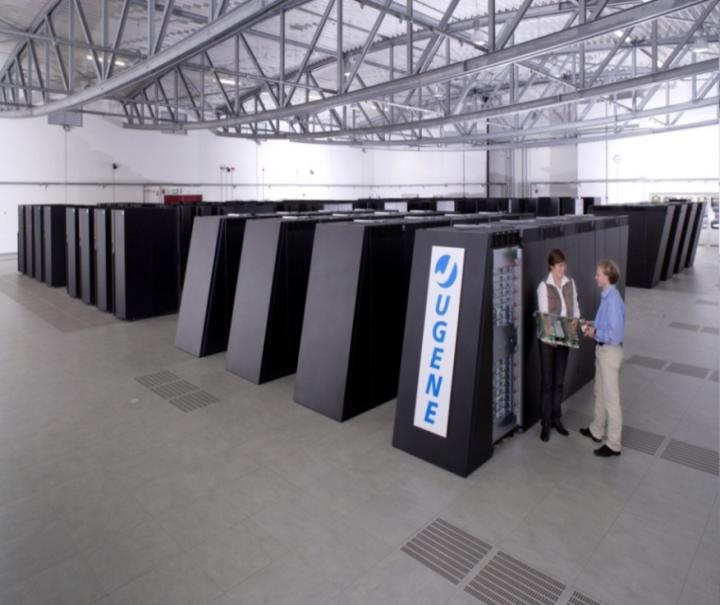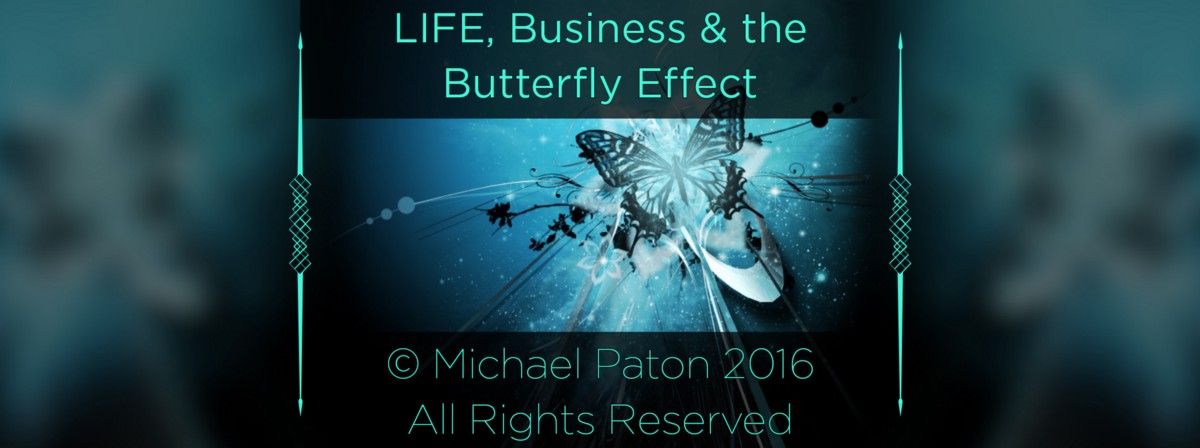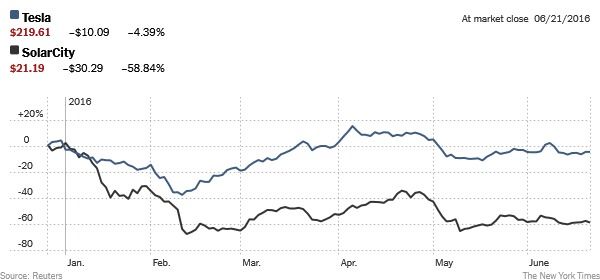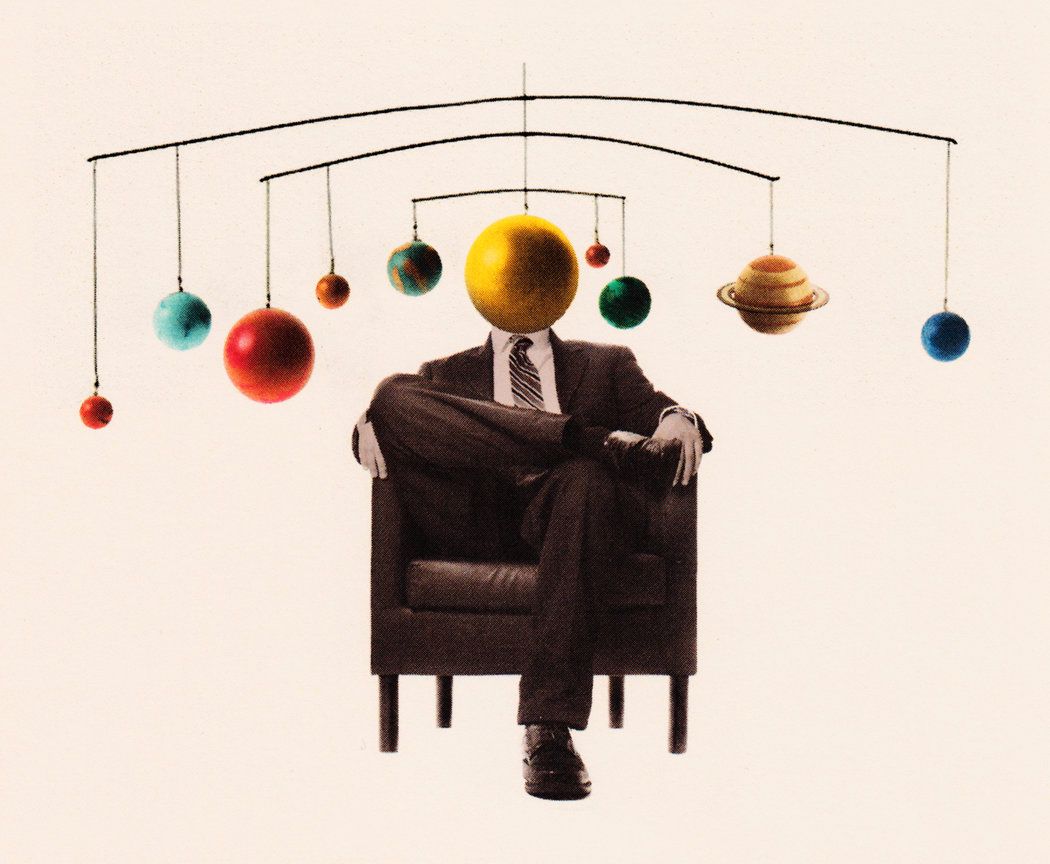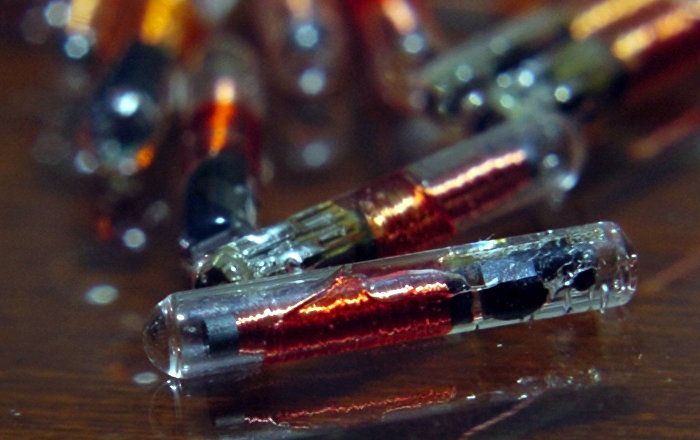Last week I dipped my toes in the waters of the Lifeboat blog and shared a link about blockchain technology. If you haven’t heard about blockchain technology yet, you can read about it here, here, here, here, here…you get the picture. Blockchain has tons of potential, and appears to also attract hype and money. All which goes to say, there has been a lot of buzz about its social and economic potential. But there is another aspect of blockchain that deserves some futurist exploration, which is that it signals we live in Postnormal Times.
Postnormal Times (PNT) is a fantastic foresight concept that I will focus on in my upcoming Lifeboat posts. There is an underlying theory to it; Ziauddin Sardar explains the entire idea and how it fits into futures studies. Ziauddin Sardar with John Sweeney have expanded the work into a futurist method called The Three Tomorrows of Postnormal Times. It’s well worth reading up on if you enjoy a futurist approach to your work and studies.
I’m still a beginner, but essentially the idea is that we are now in time is a period best characterized as “postnormal,” meaning that the usual ways of solving problems and making progress have stopped working. Our go-to responses, based on all the previously reliable ways of being in and understanding the world are becoming irrelevant and dysfunctional. The simplest way to introduce Sardar’s concept is the three C’s: complexity, chaos and contradictions. These are the key characteristics of postnormal times which I will be exploring in my posts about technology and humanity. I believe the PNT perspective leads to some useful observations about the direction of society over the next decades.
Back to my blockchain example: the Raketa watch company is implementing blockchain in manufacturing, which will protect inventory from counterfeiting. This development signals PNT because it speaks to the complexity of globalized financial and consumer markets. In this case, so intricate as to require a new, high-tech, largely automated and seemingly fail-proof technology. PNT is evident when previous methods of running a company are no longer sound. Enter blockchain to navigate this new business condition.
The PNT characteristic of chaos is also present—the networks of users necessary to have a blockchain at all is a network that behaves as a chaotic system, one that seeks a common goal of verifying blocks in the chain (see links above for more detail on how blockchain works, or read /listen to our chapter in The Future of Business ). Sardar suggests that in PNT terms, all networks are chaos: “Since everything is linked up and networked with everything else, a break down anywhere has a knock on effect, unsettling other parts of the network, even bringing down the whole network.” This is an apt characterization of blockchain technology and why it makes a great counterfeit-detection system.
And, of course, the contradictions of blockchain technology are undoubtedly many, but as we discussed in our chapter in The Future of Business, there is an insistence by its supporters that blockchain is a pure and corruption-free alternative to banks, judges, legal systems and all sorts of oppressive authorities while the truth about blockchain’s origins (i.e. the identity of its inventor, Satoshi Nakamoto ) remain elusive. That’s hardly the most important aspect of the technology’s potential, but it is one of the more intriguing aspects, and something that keeps it firmly in “postnormal” territory.
I hope to explore many more examples of Postnormal Times on this blog.
